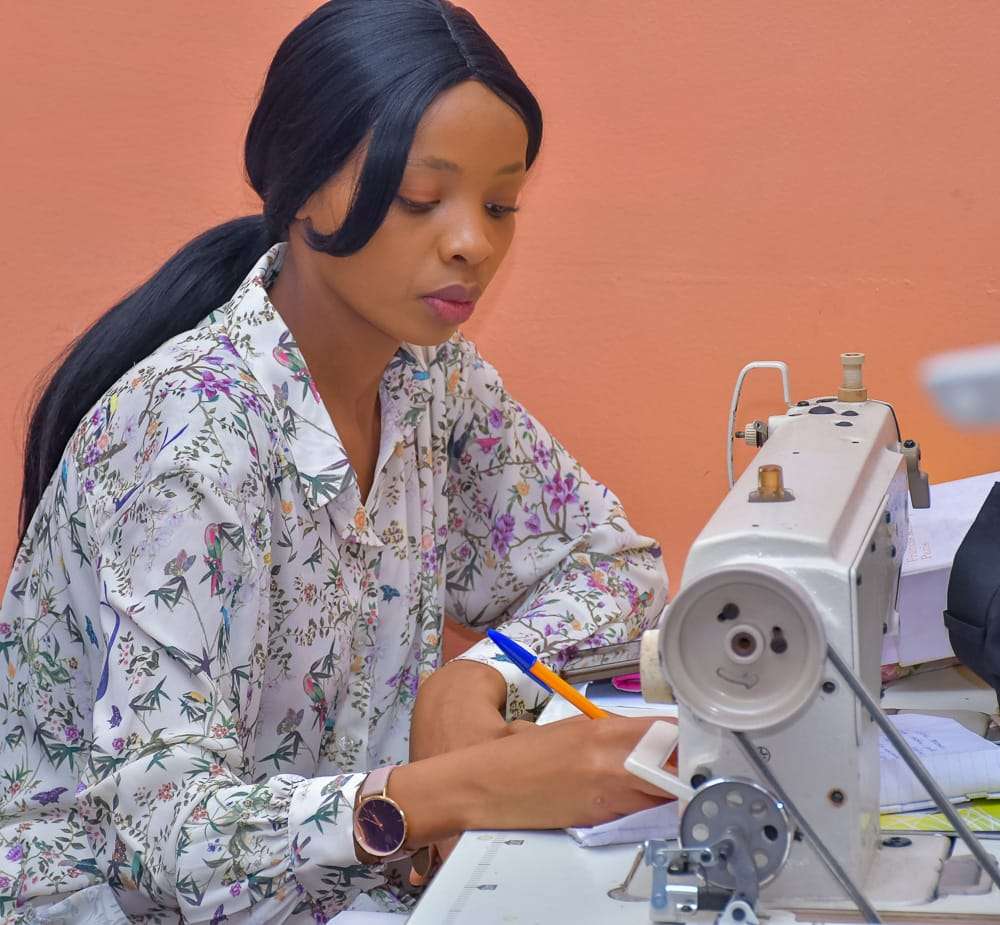Fashion Design (Tailoring): Precision Meets Creativity

Tailoring is a vital pillar of fashion design that focuses on creating structured and perfectly fitted garments. While fashion design captures the imagination of style, tailoring brings it to life with precision, craftsmanship, and functionality. It is the skill of transforming fabric into professional, wearable pieces that fit the human body beautifully.
In a world driven by appearance and expression, tailoring stands out as the foundation of well-made fashion — from formal suits to everyday clothing.
What Is Tailoring in Fashion Design?
Tailoring is the craft of designing, cutting, fitting, and finishing garments, especially for individuals. While dressmaking focuses more on women’s fashion (like dresses and gowns), tailoring traditionally emphasizes structured clothing for both men and women — such as suits, trousers, blazers, coats, and shirts.
Tailors don’t just sew clothes — they build garments that enhance comfort, confidence, and personal style.
Core Skills in Tailoring
- Measurement & Fitting
Tailoring begins with taking accurate body measurements. A well-tailored garment fits the body perfectly, enhancing posture and presentation. - Pattern Making
Tailors draft or modify patterns based on measurements. Patterns are the blueprint that ensures the garment fits right. - Garment Construction
Using stitching, pressing, lining, and shaping techniques, tailors assemble pieces with neat finishes and strong seams. - Fabric Handling
Different fabrics behave in unique ways. A skilled tailor knows how to work with wool, cotton, linen, and synthetic materials. - Problem-Solving & Alterations
Not all garments fit at first. Tailors adjust and alter ready-made or previously worn clothing to improve fit or style.
Why Choose Tailoring?
- Professional Skill: Tailoring is respected in industries such as fashion, entertainment, corporate wear, and weddings.
- Endless Opportunity: You can work in fashion houses, start your own shop, or offer freelance services.
- Customer Satisfaction: Tailoring allows you to solve real wardrobe problems for real people.
- Income Generation: With quality and consistency, tailoring can become a sustainable business.
- Customization: Clients get clothing that fits them, not generic sizes from shops.
Essential Tailoring Tools
- Industrial or domestic sewing machine
- Measuring tape
- Tailor’s chalk or marking pencils
- Scissors and snips
- Steam iron and pressing board
- Needles, threads, thimbles
- Mannequins or dress forms
These tools help a tailor create clean, polished garments with professional finishes.
Tailoring in the Modern World
Modern tailoring combines tradition with innovation. Today’s tailors often use computer-aided design (CAD), online consultations, and even virtual fittings to deliver custom garments to clients across the globe.
In addition, sustainable tailoring is growing — helping people repair or upcycle clothes, promoting slow fashion, and reducing textile waste.
Conclusion
Fashion Design through Tailoring is where creativity meets structure. A tailor brings life to a designer’s vision by shaping it to the real human form. Whether it’s a sharp suit, a school uniform, or a special occasion outfit, tailoring ensures every stitch counts.
It is more than a skill — it’s a craft, a business, and an art form that continues to evolve with time.



